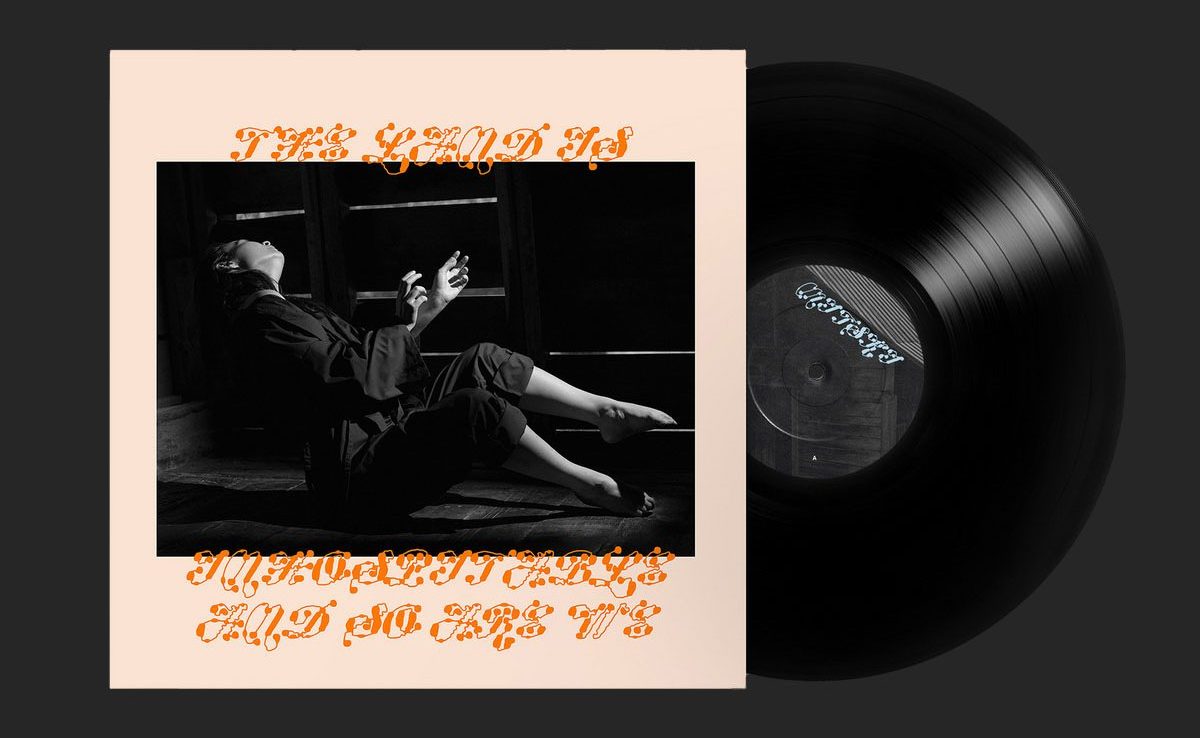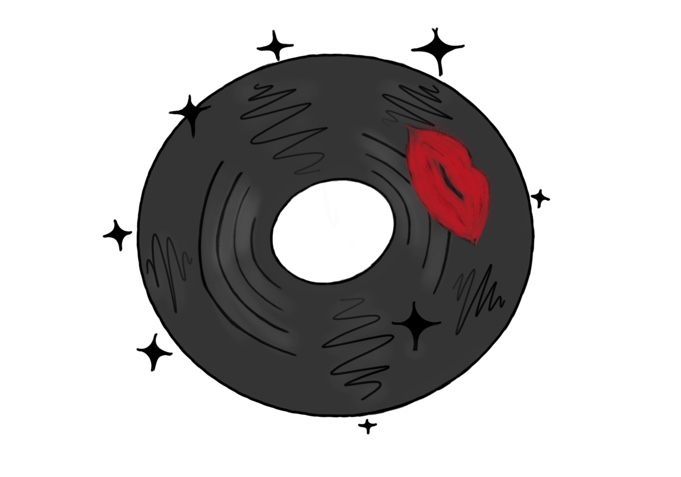
is a movie adaptation of the award-winning novel written by Yann Martel in 2001 and has gone to great lengths to live up to the book’s glory. With the story centered around a teenage boy stranded in the Pacific Ocean with an adult Bengal tiger, director
faced a difficult job of portraying vast marine life, a massive body of water, a sinking ship and a very active tiger on screen, forcing him to implement the use of many special effects. The story starts with the protagonist Pi Patel growing up around his family’s zoo in India and develops his character as an open-minded, worldly boy, learning about Hinduism, Christianity and Islam. At around the age of 18, Pi’s father becomes weary of India’s political situation as it plunges into the Sino-Indian war in the 1960’s. He decides to leave the zoo as public property, move the family to Canada with the animals, sell the animals there and start again.
During the boat ride to North America, the ship is suddenly beset by a ravenous storm, tossing the ship under the sea along with all of the passengers and animals inside. Pi however, survives and winds up on a large lifeboat with a full-grown Bengal tiger named Richard Parker, a zebra with a broken leg, a hyena and an orangutan. Within a few days only Pi and Richard Parker remain and the suspense sets in as Pi must avoid starvation, dehydration, drowning and being eaten.
Having read the book I entered the theatre with high expectations and saw it in 3-D to maximize the extensive use of the special effects. I was pleased to see that the beginning of the movie used little effects compared to the rest of the film and mostly concentrated on developing Pi’s background and the intricacy of his own character.
AvatarHowever, further into the movie are astounding visuals that never cease to amaze, as some scenes are almost entirely made of special effects, integrated seamlessly with the actual flesh of the main character. It almost looked real, watching the brightly lit ship being dragged underwater to the ocean’s depths through Pi’s perspective. Breathtaking views were brought out on the water’s surface, as a calm pane reflected all of the sun’s hues. The tiger and other animals are animated with such detail that it’s easy to forget they aren’t always actual animals in the movie. Compared to other 3-D movies like James Cameron’s
Life of Pithat also use effects heavily,
outclasses them with much smoother combinations of live-action and animation.
Suraj Sharmaportrays Pi well, as a non-fatalist yet religious, confident, curious, honorable character with a strong attachment to his family and beliefs, as he shows fury at the unfairness of his situation, anguish at the loss of all he held dear and solid constitution to fight for his life. His religious experience and connection with God gives him a power many other people would not have.
Life of PiOverall,
is a wonderful film and lives up well to the book. The movie sets a stellar example of how a largely animated live-action 3-D movie should be, for if the amazing visuals don’t appeal to a viewer, then the emotion and captivating story will.
By Blake Becker















































































